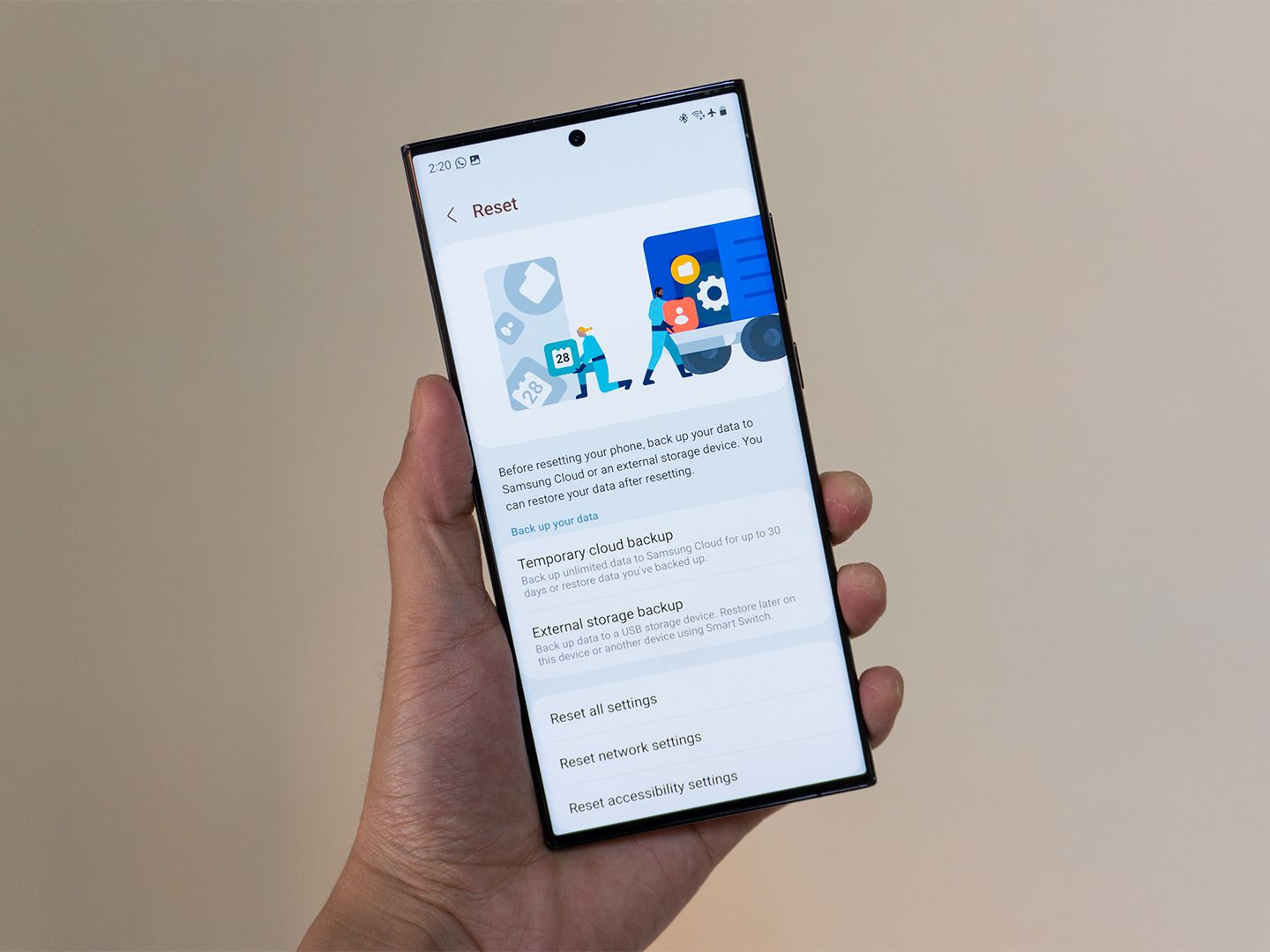
Introduction to Android File Sharing
Sharing files between devices has become an essential part of daily life. Android, one of the most popular operating systems, offers various methods for file transfer. Among these, Nearby Share stands out as a convenient and efficient option.
Why Use Quick Share?
Quick Share, featuring Nearby Share, simplifies file sharing between Android devices. Here are some key reasons to use Quick Share:
- Convenience: Easy to use with just a few taps.
- Speed: Fast and efficient transfers using Bluetooth and Wi-Fi Direct.
- Security: Secure connections reduce malware risks.
- Offline Capability: Works without internet, perfect for data-limited situations.
How to Use Nearby Share
Using Nearby Share is straightforward:
- Enable Bluetooth and Location Services: Both devices must have these turned on.
- Open the File: Select the photo, document, or other file to share.
- Tap the Share Icon: Open the sharing options.
- Select Nearby Share: Choose Nearby Share from the list.
- Choose the Receiving Device: Select the device from the list of nearby devices.
- Accept the Transfer: The recipient will get a notification to accept the file transfer.
Tips for Effective File Sharing
Enhance your Nearby Share experience with these tips:
- Adjust Visibility Settings: Control who can see your device (Everyone, Contacts, or Hidden).
- Turn Off Nearby Share When Not in Use: Save battery life by disabling it when unnecessary.
- Troubleshoot Issues: Restart Bluetooth, Wi-Fi, and location services if sharing fails. Ensure devices are close to each other.
- Security: Accept files only from trusted sources to avoid malware.
Comparing Other File Sharing Options
While Nearby Share is excellent for Android users, other methods exist for different scenarios:
- Bluetooth: Universal but slower.
- Wi-Fi Direct: Faster than Bluetooth but can be complex to set up.
- Third-party Apps: Apps like SHAREit, Xender, and Zapya support cross-platform sharing but may have ads and require internet for initial setup.
- Apple AirDrop: Exclusive to Apple devices, allowing seamless transfer between iOS and macOS devices.
Pros and Cons of Different Methods
Pros:
- Nearby Share: Quick file sharing between Android devices.
- Apple AirDrop: Seamless transfer within the Apple ecosystem.
- Bluetooth: Universal compatibility.
- Wi-Fi Direct: Faster speeds compared to Bluetooth.
- Third-party Apps: Support cross-platform sharing.
Cons:
- Nearby Share: Limited to Android devices, requires newer versions.
- Apple AirDrop: Only works within the Apple ecosystem.
- Bluetooth: Slower speeds, not ideal for large files.
- Wi-Fi Direct: Can be complex to set up, not always reliable.
- Third-party Apps: May have ads, require internet for initial setup.
Transferring Apps Between Devices
Transfer apps between Android devices using the Play Store:
- Open the Play Store: On both devices.
- Tap Your Profile Picture: On one device.
- Select Manage Apps & Device: From the menu.
- Send or Receive Apps: Choose either Send or Receive.
Offline Sharing
Nearby Share works offline, useful when data connectivity is unavailable:
- Enable Bluetooth and Location Services: On both devices.
- Open the File Manager: Select the file to share.
- Tap Share: Choose Nearby Share.
- Select the Receiving Device: Choose the device.
- Accept the Transfer: The recipient will get a notification to accept the file transfer.
Privacy Settings
Adjust privacy settings to control who can see your device:
- Open Settings: On your device.
- Select Nearby Share: In the settings menu.
- Adjust Visibility Settings: Choose Everyone, Contacts, or Hidden.
Battery Saving
To save battery life, turn off Nearby Share when not in use:
- Open Settings: On your device.
- Select Nearby Share: In the settings menu.
- Toggle Off: Turn off Nearby Share.
Troubleshooting
If issues arise while using Nearby Share, try these steps:
- Restart Bluetooth, Wi-Fi, and Location Services: Restarting can resolve connectivity issues.
- Ensure Both Devices Are Close: Keep devices within a few feet of each other.
- Check for Software Updates: Ensure both devices have the latest updates.
Security
Be cautious about accepting files from unknown sources:
- Only Accept Files from Trusted Sources: Avoid malware or other security risks.
